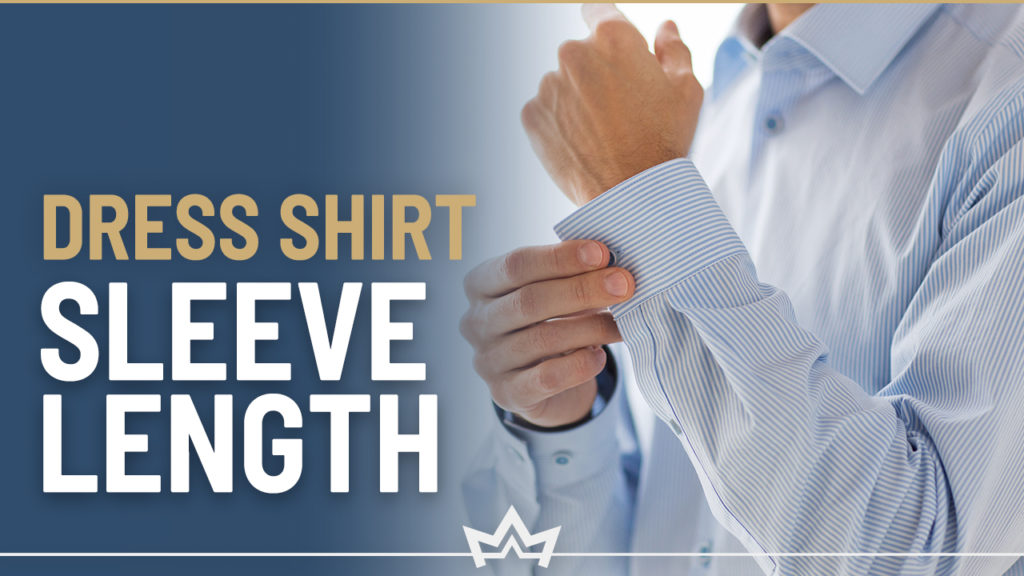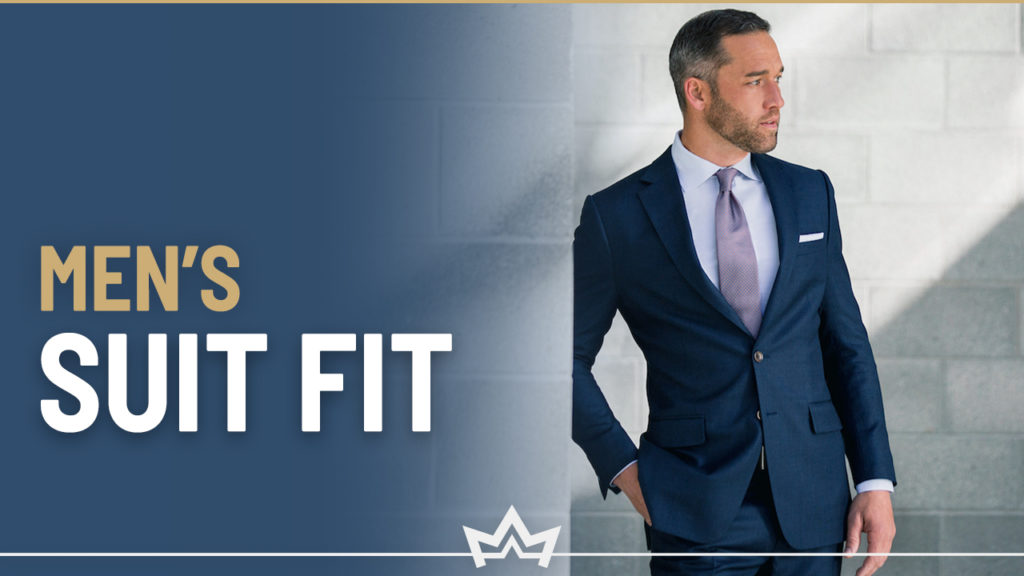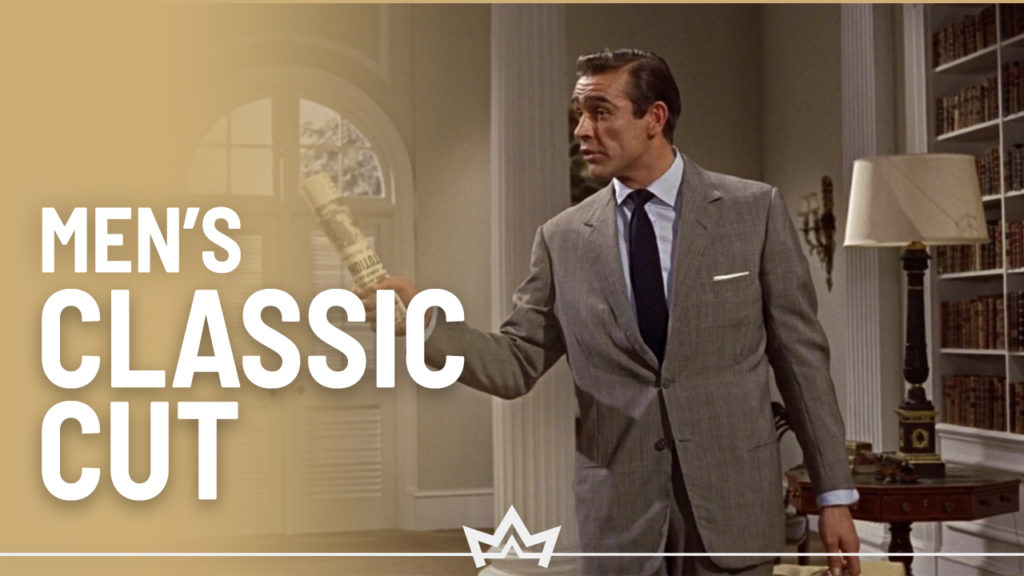The dress shirt sleeve length is not the same as the arm’s length.
Still, achieving proper sleeve length and fit starts with knowing your measurements.
Wearing floppy sleeves with disproportionate length can certainly impact confidence.
Of course, you can always roll up your sleeves to look smart.
But you can never find the true potential of wearing a dress shirt this way.
Proper Dress Shirt Sleeve Length
An excellent way to define the ideal sleeve length is that the shirt’s cuff should hit just above your hand’s palm and cover the wrist bones.
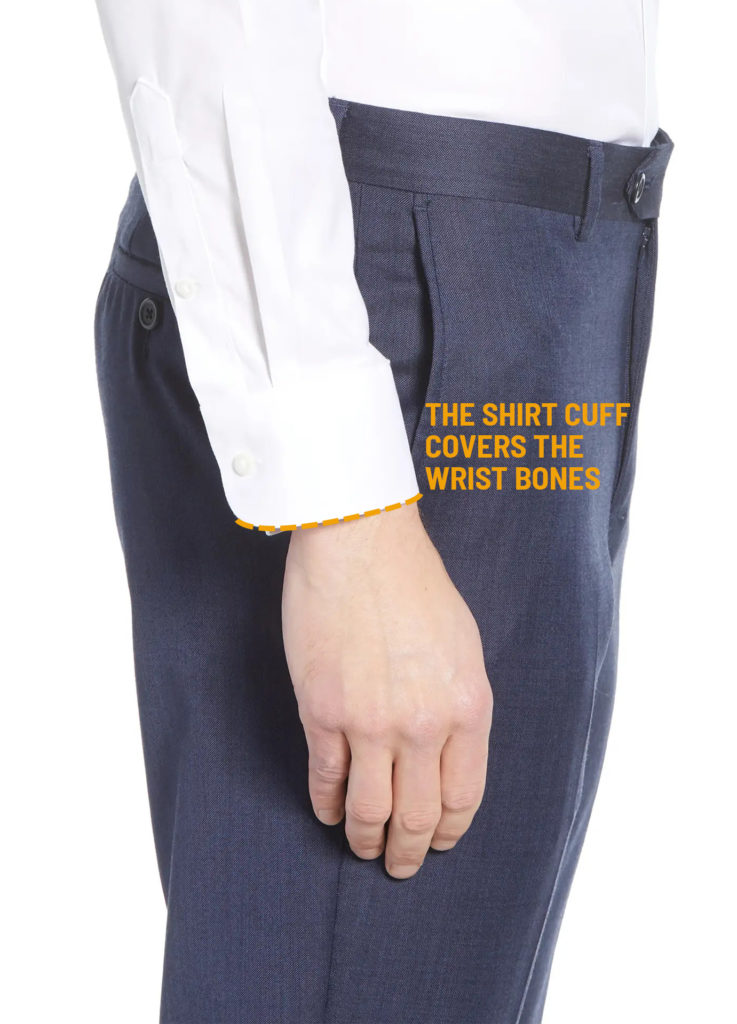
When trying an unbuttoned shirt, at least one-third of the open cuff should fall down your hand, going slightly over the palm.
In other words, the sleeves must end at the intersection of your wrist and palm when cuffed.
The cuff size is also important because it can impact how your sleeve lands on your wrist.
If your wrist bone got exposed or your closed cuffs crossed your wrists, these indicate poor sleeve length.
Alternatively, there should be a quarter to half an inch shirt sleeve exposure when wearing a well-fitted suit jacket.

A proper shirt length will ensure your cuff rests at the top of your hands.
How Should a Shirt Sleeve Fit
A good sleeve fit also looks flattering if properly tapered.
There should be around a one-inch gap between the biceps and the sleeve.
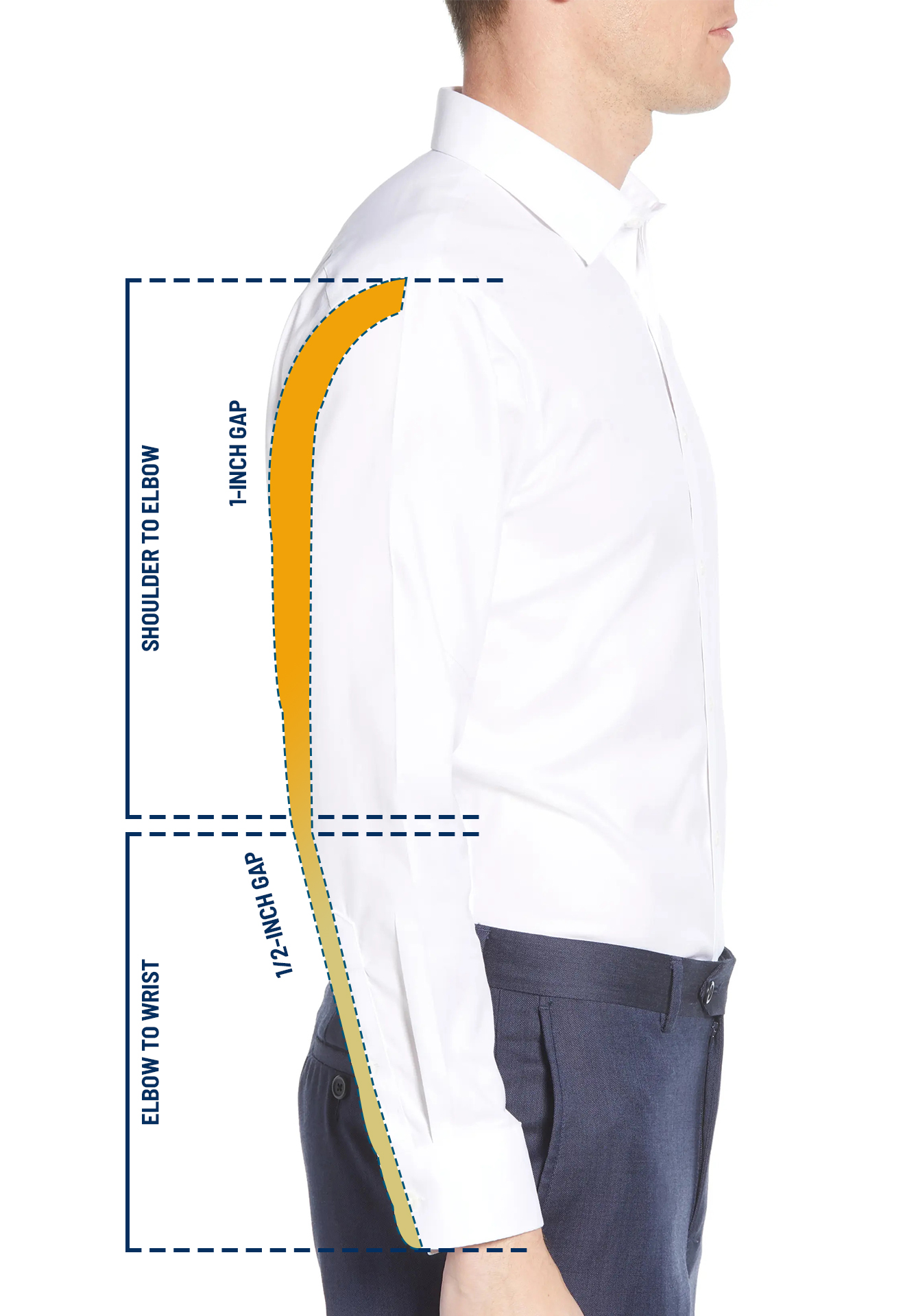
This gap should narrow down to half-inch in the forearm and feels tight enough in the cuffs.
The proper cuff fit doesn’t allow it to fall back on the forearm when the arms are moving.
How to Measure the Dress Shirt Sleeve Length
Apparently, the dress shirt sleeve starts from the shoulder seam and corresponds to the arm’s length.
However, shoulder widths are also necessary when taking the actual shirt measurement.
The reason? The shoulder width differs for everybody, and you can’t alter the dress shirt’s shoulders.
Furthermore, the sleeve armhole can also impact the shoulders and, eventually, the sleeve length.
Sleeve Length
Start by placing the measuring tape below the center of your collar, aligned with your spine.
Now, measure the length up to your shoulder seam.
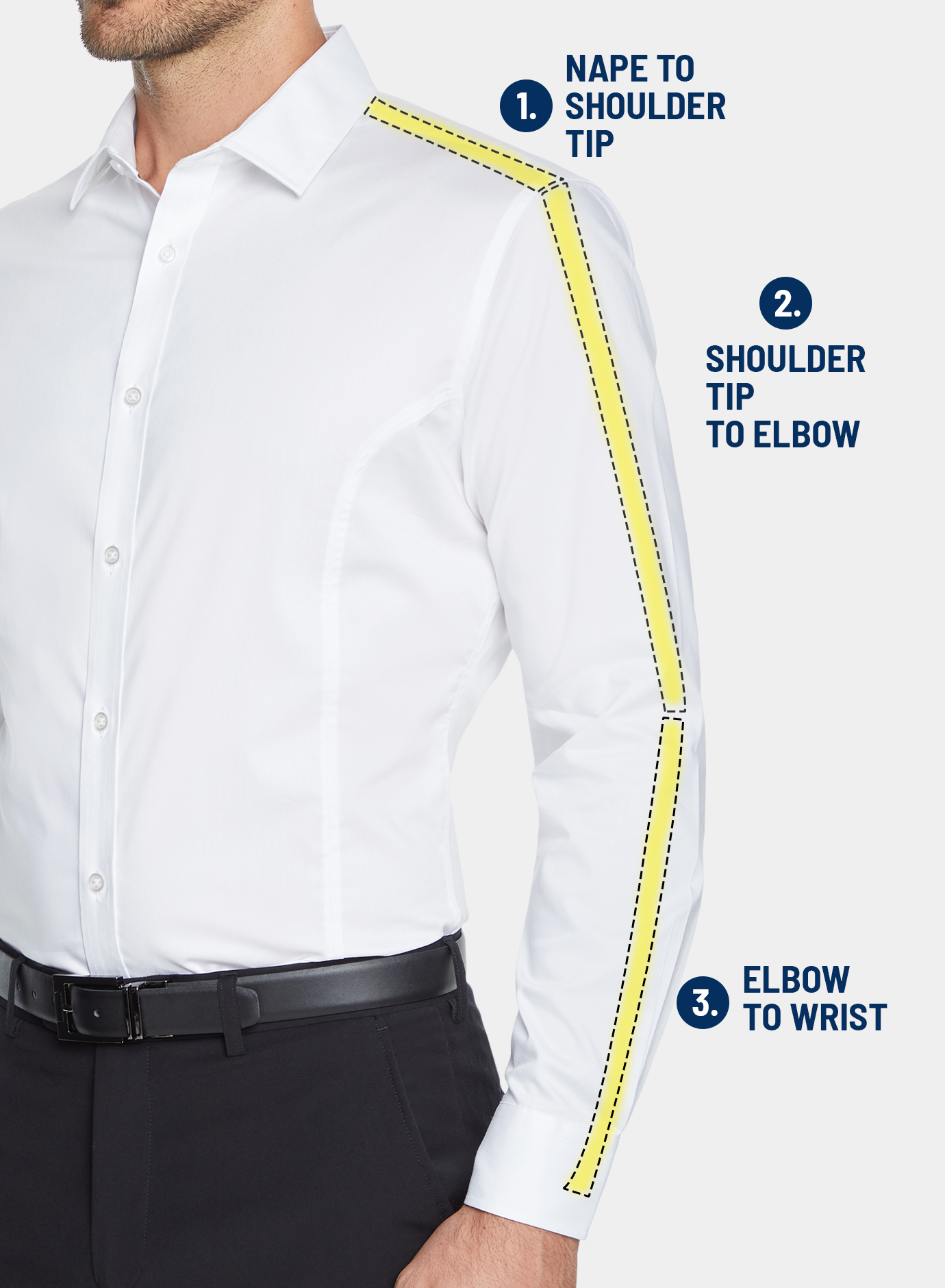
Alternatively, you can measure the length from the left to right shoulder seam and take the half.
Now, record the length from the shoulder seam to the back of your hand just above the wrist bone.
The measuring tape should be towards the thumb and index finger, not the pinky.
Some tailors take a point at the elbow and then measure to the wrist. It’s just part of their workflow.
Do a couple of sleeve length measurements and take the average value for the best results.
Sleeve Cuff
Measure from the button-sticking point on the cuff’s inner side to the cuff buttonhole’s outer border.
For two buttons attached side-by-side, use the outer button as a reference.

A subjective way to achieve the right sleeve cuff fit is that the cuffs should never slide over your hand when the shirt is buttoned.
You can also estimate the cuff fit by the size of your wrist.
Measure your wrist size, and add a minimum of two-inch to have an excellent fitting cuff.

If you wear a watch, add half to one inch extra for watch accommodation.
The type of cuff doesn’t affect the cuff fit with buttons.
However, if you wear cufflinks, the style will impact how tight you feel your cuffs.
Different Dress Shirt Sleeve Sizes
Every retailer will have different sizes of dress shirts labeled from XS to XXL.
The dress shirt collar, sleeve length, chest, and overall dress shirt length are considered factors in these sizes.
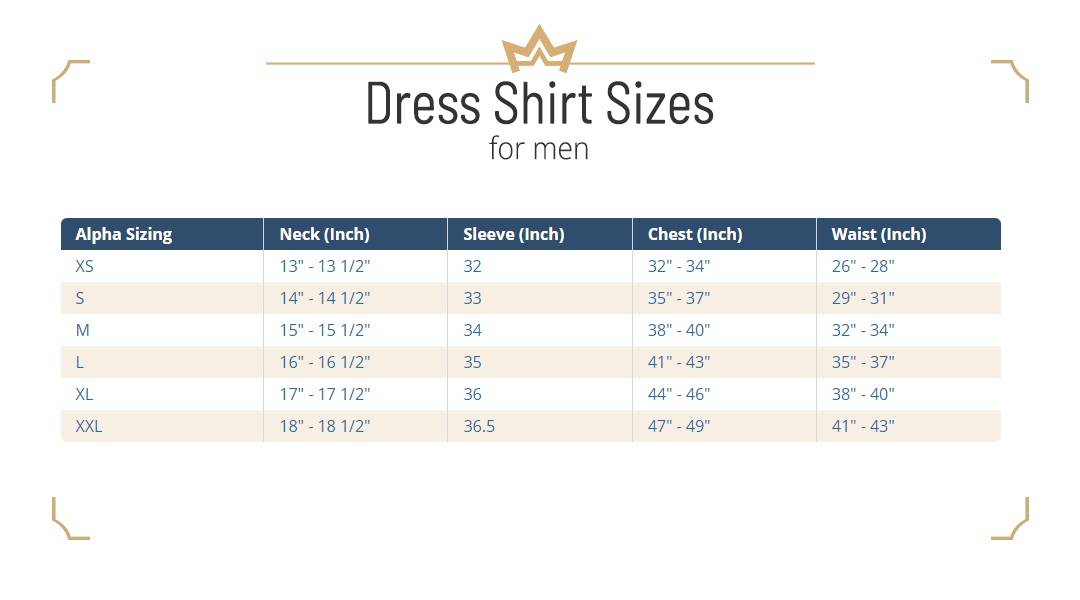
Brands will label these factors as 16/35/Slim. The first is the collar size, the next sleeve length, and the last is the shirt cut. Note that all measurements are in inches.
The sleeve length starts from 32-inch for an “XS” to 38-inch for an “XXL” dress shirt.
In comparison, XS shirts correspond to a 13-13.5″ collar size.
Retailers sometimes combine sizes, like 32/33″ sleeves and an “S” shirt. This 32/33” actually means 32.5”.
The shirt cuts also impact how you experience sleeve length.
I feel the 35″ sleeves “L” shirt in slim-fit cut fit perfectly to my arms. In comparison, the same shirt in a classic fit seems baggy.
So, it’s the combination of shirt size and cut that will help most people get the right sleeve length.
Tips to Help You Determine the Right Dress Shirt Sleeve Length
These tips can take your sleeve length measurements to perfection:
- Always wear a well-fitted dress shirt while measuring sleeve length. More importantly, the shirt with the perfect shoulder seam. Consider it a prerequisite.
- Keep your body in a very relaxed state. Ensure your neck, shoulders, and especially arms are not stiff.
- You’re not going to have a perfect sleeve length measurement in the first place. So, a hit and trial is the way to go. Take three sizes for each sleeve, and then take the average.
- Round up the quarter-inch measurement to half and three-quarters to the next inch.
- Don’t hesitate to ask any pros for help. You can go to your local dress shirt retailers and get their help with proper sleeve measurements.
- When asking for help, ensure the other person understands your style. The best way is to show the picture of your desired fit.
- Even after alterations, if ready-to-wear shirts don’t get you the perfect sleeve length, don’t hesitate for custom dress shirts. You’ll not regret the purchase.

